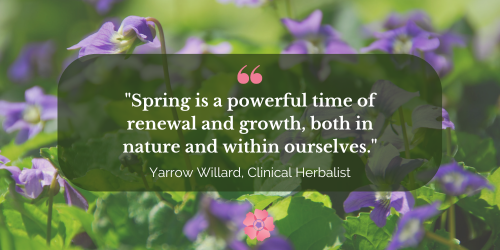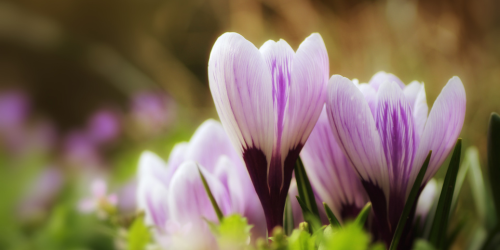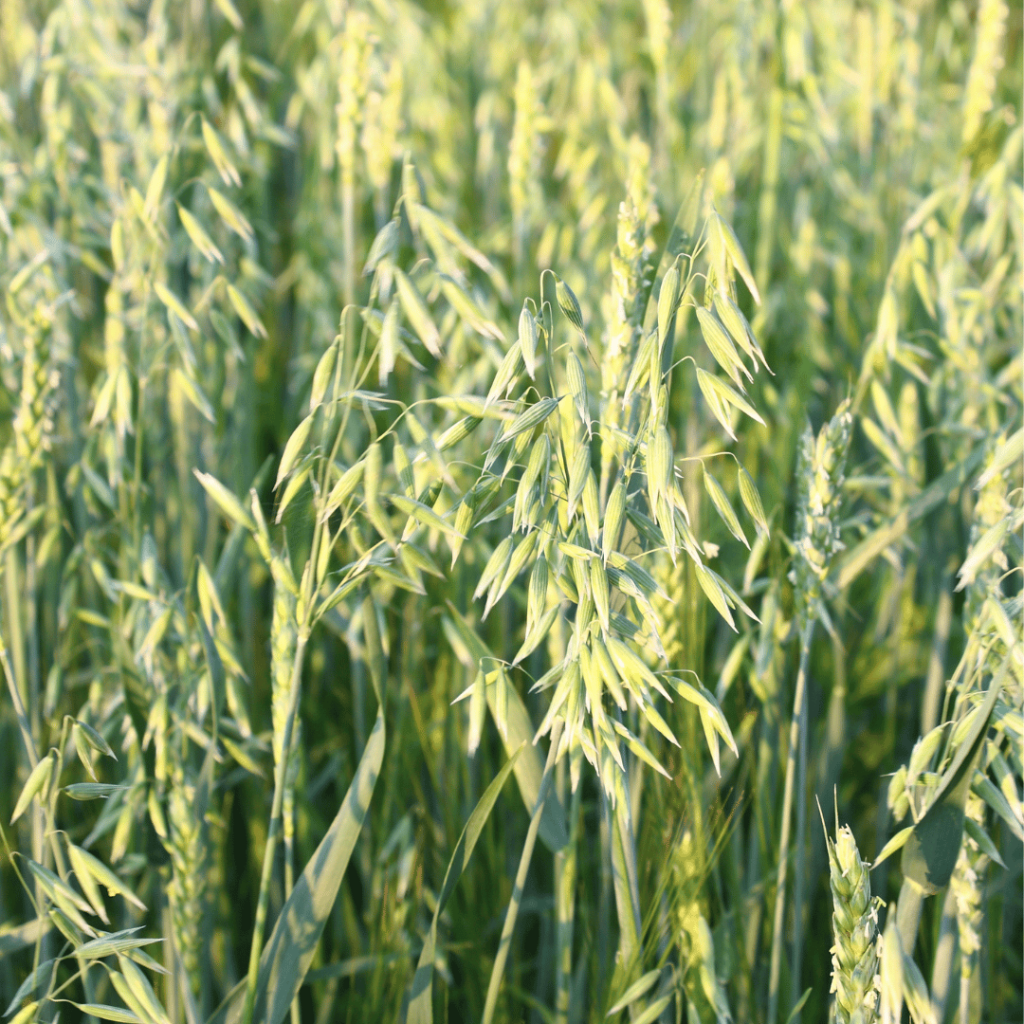- By: Marketing & Communications Team
- March 13, 2024

8 Essential Tips for Aspiring Herbalists: A Guide to Success
Embarking on a journey as an herbalist is a rewarding and fulfilling path, but it comes with its own set

Latest News
Unlocking Vitality: A Holistic Approach to a Spring Cleanse – is your guide to a holistic spring cleansing, inspired by Clinical Herbalist, Yarrow Willard’s pragmatic approach and years of expertise.
Spring, with its blossoming flowers and rejuvenated landscapes, signifies a period of renewal and growth. Similarly, our bodies, after months of winter hibernation, can greatly benefit from a focused effort to cleanse and detoxify. Aligning ourselves with the energy of spring allows us to shed the accumulated toxins and stagnant energy from the colder months, paving the way for a revitalized and balanced state.
Unlike quick-fix detox fads – a spring cleanse is not just about what we eat; it encompasses the entire lifestyle. From dietary choices to mindful practices, the holistic approach to a spring cleanse acknowledges the interconnectedness of our physical, mental, and spiritual well-being.

Begin your spring cleansing journey by setting clear intentions. What do you hope to achieve? Beyond the conventional goals of increased energy, improved digestion, and mental clarity, consider the holistic dimensions of your health. Perhaps you seek emotional equilibrium, a deeper connection with your body, or even a renewed spiritual alignment. By defining these multifaceted intentions, you not only guide your cleansing process but also open doors to a more profound, transformative experience.
A cleansing diet that’s aligned with the rejuvenating energy of spring, focuses on liver-supportive foods and herbs.
Here’s a breakdown of key steps to get started:
Timing: To time your cleanse effectively, follow a two-week cleansing phase followed by a two-week building phase. Feel free to align your cleanse with the lunar cycle for enhanced energetic support, although it’s not necessary for success.
Dietary Restrictions: During the cleanse, eliminate refined sugars, simple carbohydrates, tropical fruits, and fermented beverages. Hold off on essential fatty acids, vitamin and mineral supplements, and even medicinal mushrooms during this cleansing phase. Opt for cleansing teas and ample hydration instead.
Incorporate Cleansing Teas: Prioritize herbs known for their detoxifying properties, such as burdock, dandelion, globe artichoke, and radish. These herbs effectively clear the blood, eliminate liver stagnation, and support detoxification through the kidneys and colon.
Yarrow’s approach is to let your system revel in the newly acquired purity before gradually reintroducing these elements. It’s a delicate dance between clearing and building, ensuring your body transitions seamlessly from detoxification to a renewed state of vitality.
Post your two-week cleanse, consider:
Herbs recommended for the post-cleanse:
Garlic and Onions: These sulfur-rich foods have antimicrobial properties and can help to kill pathogens in the gut. They can also support detoxification and overall immune function, making them ideal for the post-cleanse phase.
Meadowsweet (Filipendula ulmaria): Meadowsweet is a digestive herb that can help to balance stomach acidity and support digestive function. It also has anti-inflammatory properties, making it beneficial for soothing the digestive tract during the post-cleanse phase.
Gentian (Gentiana lutea): This bitter herb supports liver and gallbladder function. Bitter herbs like gentian help to stimulate digestion, improve appetite, and support overall digestive health during the post-cleanse phase.

Spring, with its inherent regenerative quality, beckons us to infuse our lifestyle with revitalizing practices. A holistic approach to a spring cleanse does not just consider the physical body – it also considers the mental, emotional and spiritual bodies. For when one is affected, all can be affected.
Here’s some ideas to get you started:
Let spring’s essence guide you in crafting a lifestyle that mirrors the season’s natural ability to renew and regenerate.
 Immerse yourself in the restorative power of the outdoors, get out to your local park or trails. See what’s happening in the natural world, listen to the birds, tune into the plants. Are there buds starting to swell on some of the trees where you live?
Immerse yourself in the restorative power of the outdoors, get out to your local park or trails. See what’s happening in the natural world, listen to the birds, tune into the plants. Are there buds starting to swell on some of the trees where you live?
Engaging in a five senses meditation. This simple practice—focusing on what you see, touch, hear, smell, and taste—deepens your sensory awareness, fostering a harmonious relationship with the environment.
Take it a step further by nibbling on the gifts of the season—spring edibles! By engaging with nature through your senses and tasting the vibrancy of the land, you not only enhance your cleansing experience but also forge a more profound connection with the natural world around you.
If you’re interested in learning more about foraging, join Yarrow Willard, as he guides you on your herb harvesting and wild foraging journey in our online course – Wild Harvesting Herbs and Edibles.
Connect with the land, learn the plants around you, and understand the fundamentals of how to harvest the highest quality medicinal plants–and sustain all plant stands for future generations.

Embarking on a journey as an herbalist is a rewarding and fulfilling path, but it comes with its own set

Unlocking Vitality: A Holistic Approach to a Spring Cleanse – is your guide to a holistic spring cleansing, inspired by

Milky Oats: The Best Herb for Self Care In our fast-paced world, self-care is essential for maintaining balance, resilience, and